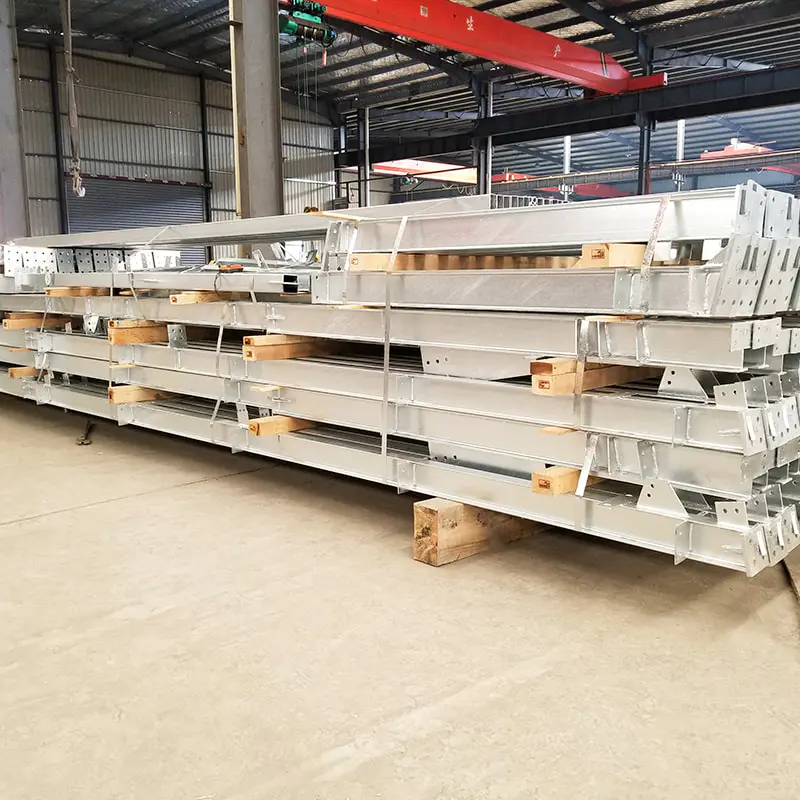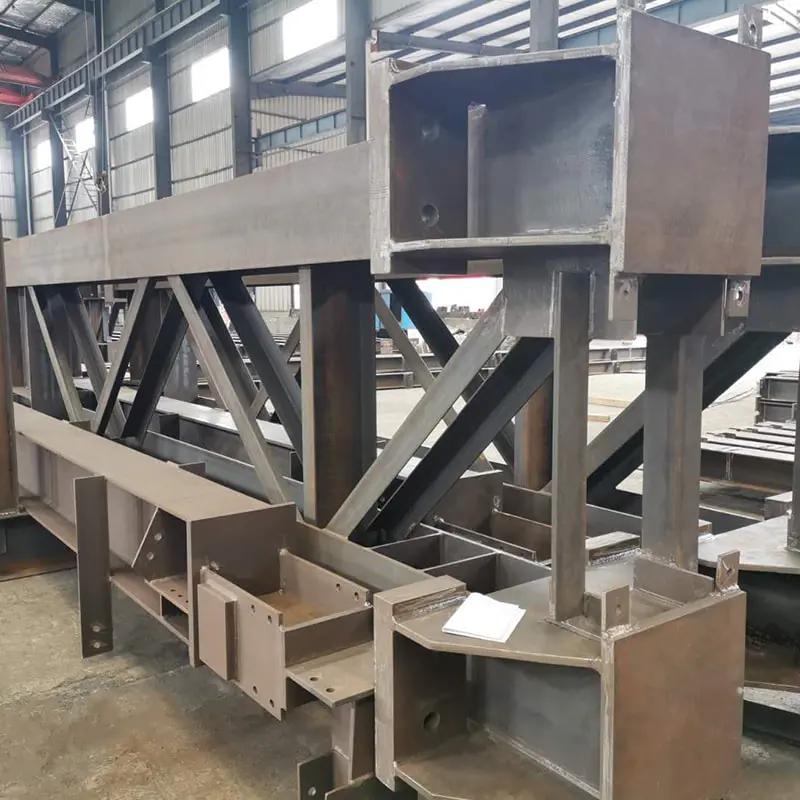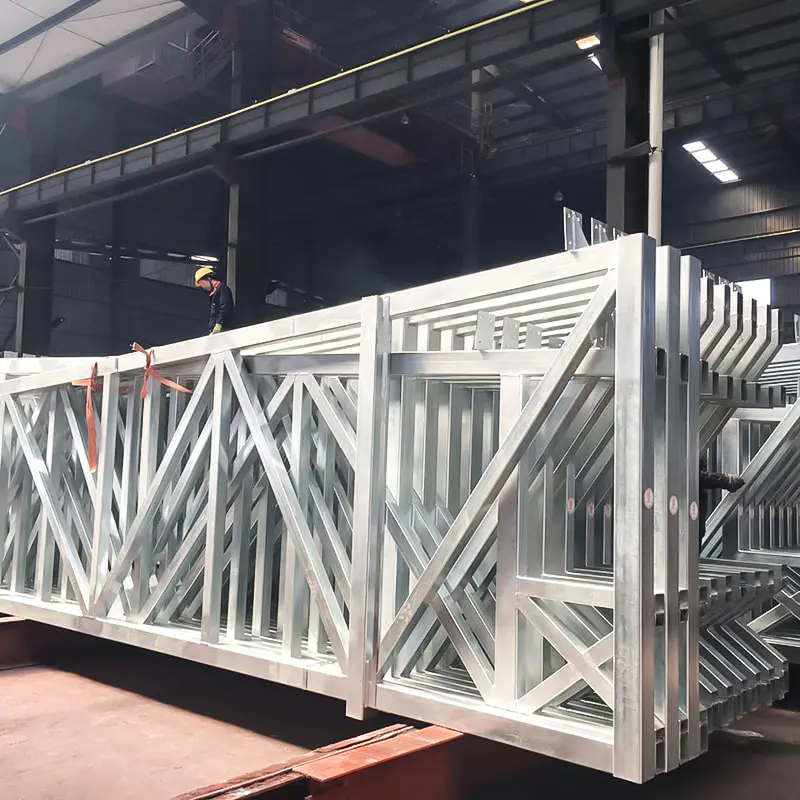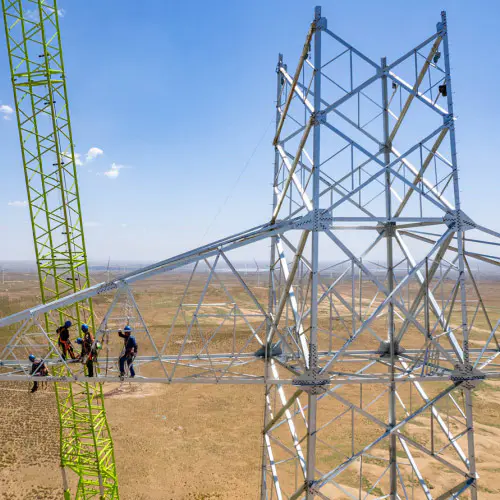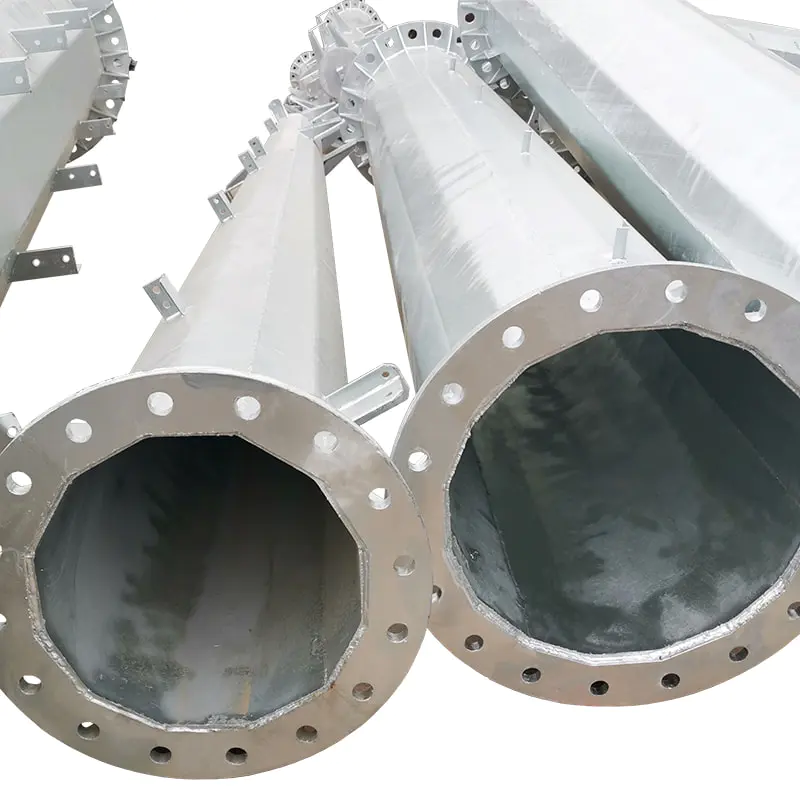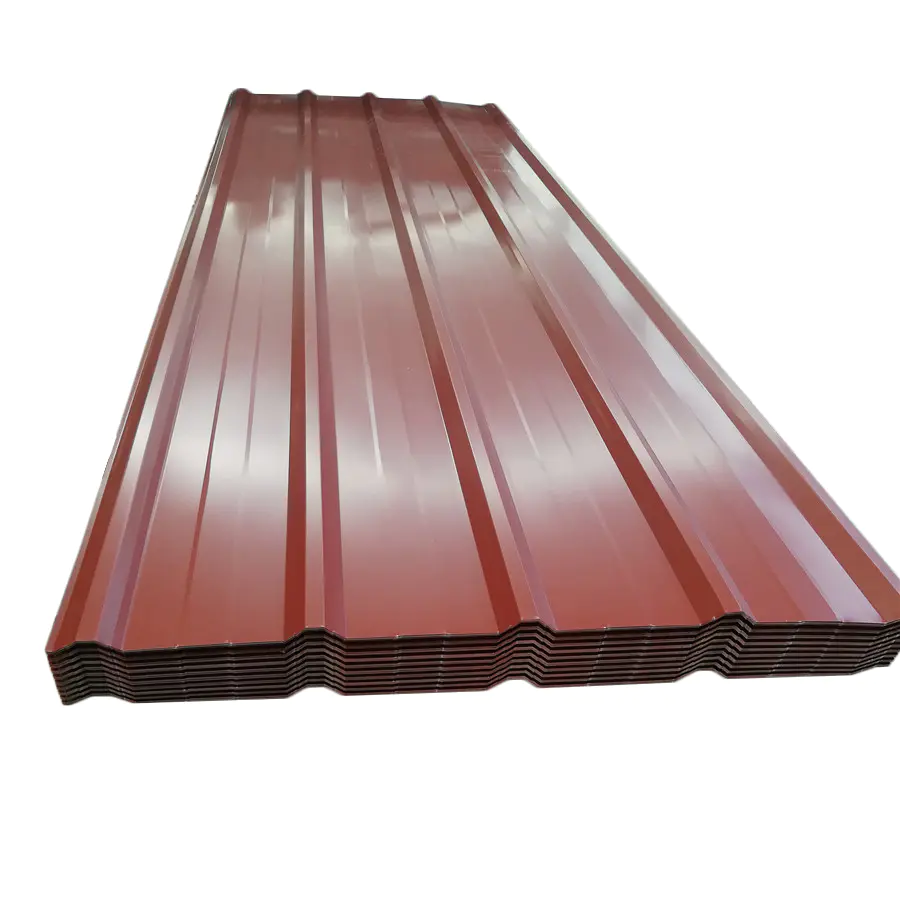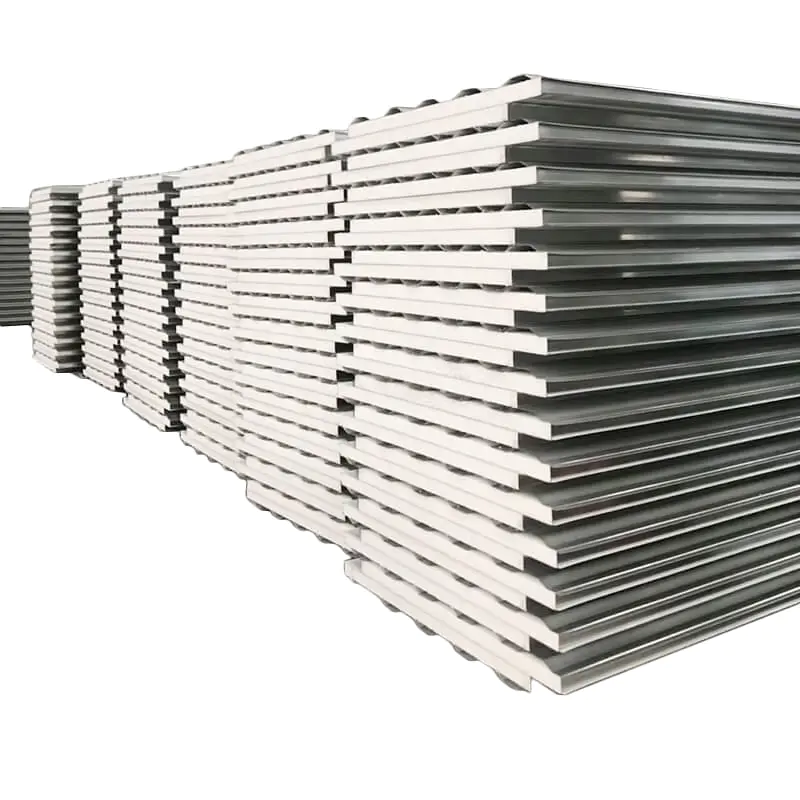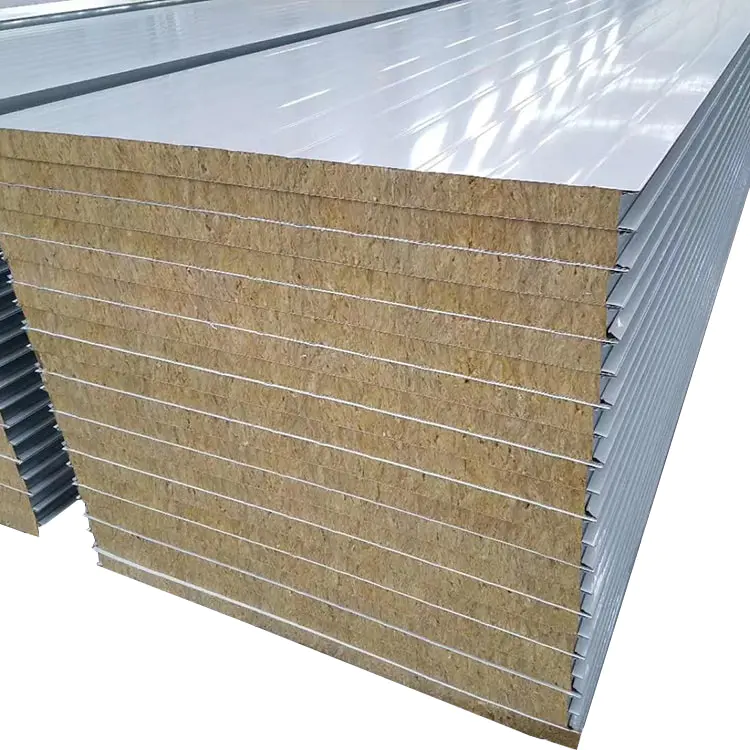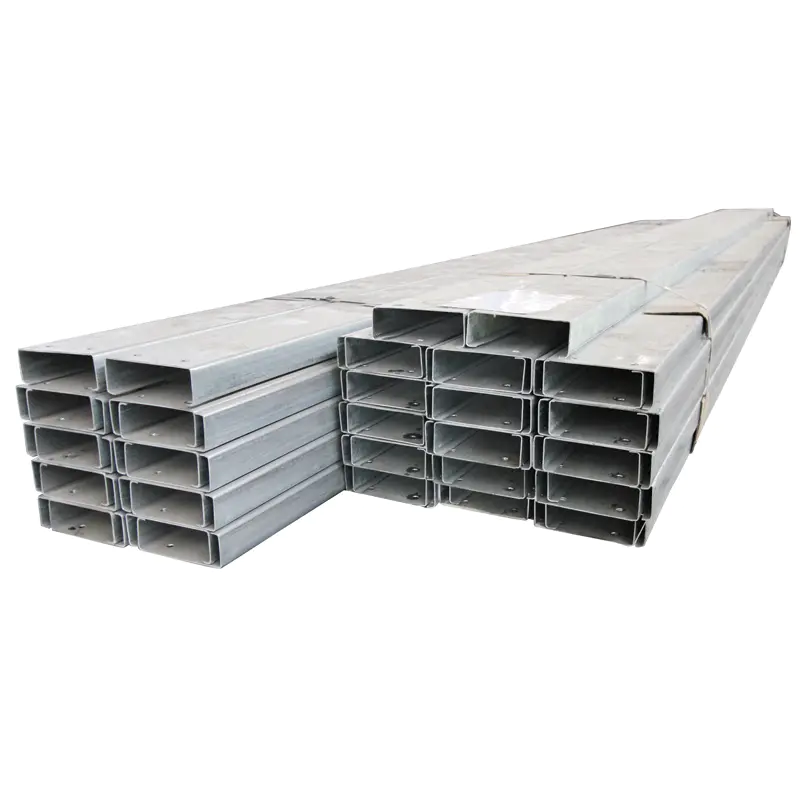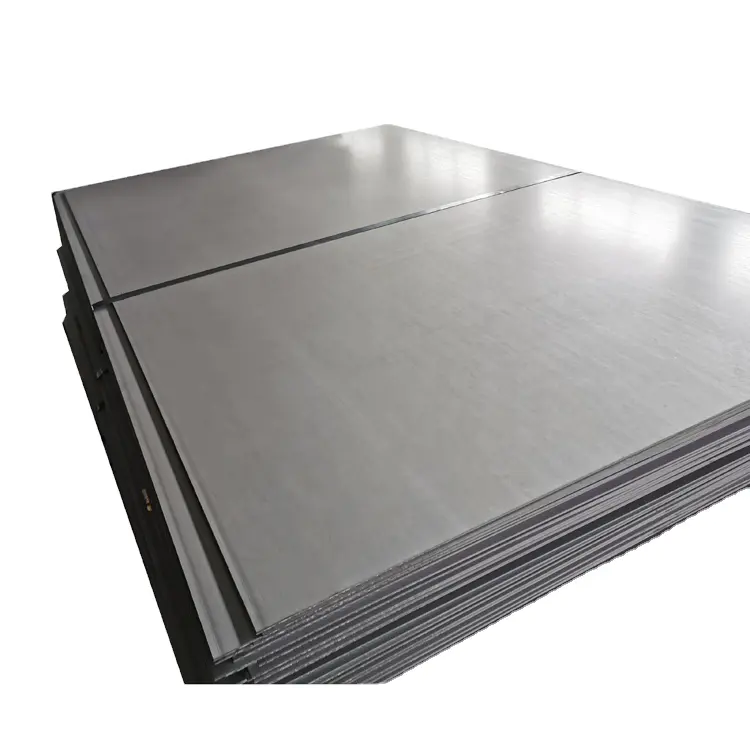Designing and constructing your own metal building structure can be a rewarding project for those seeking a durable and customizable solution for storage, workshops, or other uses. Metal buildings are known for their strength, longevity, and resistance to environmental factors.
Planning Your Metal Building Structure
Proper planning is crucial for a successful metal building project. This phase involves defining your requirements and preparing the site to ensure a solid foundation.
Assessing Your Needs
-
Determine the intended use of the metal building structure, such as for agricultural storage, commercial space, or residential purposes.
-
Calculate the required dimensions based on the items or activities it will accommodate.
-
Consider future expansion needs to avoid limitations in design.
Site Selection and Preparation
-
Choose a level and well-drained area to prevent water accumulation and structural issues.
-
Check local zoning regulations and soil conditions to ensure compatibility with a metal building structure.
-
Clear the site of debris and vegetation, and grade the land if necessary for a stable base.
Designing the Metal Building Structure
The design phase focuses on creating a functional and safe metal building structure. Attention to materials and structural integrity is essential.
Choosing the Right Materials
-
Select galvanized steel or aluminum for corrosion resistance and durability in a metal building structure.
-
Evaluate different panel profiles and thicknesses based on load requirements and climate conditions.
-
Include insulation options to improve energy efficiency and comfort.
Structural Design Considerations
-
Incorporate load-bearing calculations for snow, wind, and seismic activity to meet safety standards.
-
Plan for doors, windows, and ventilation to enhance usability and airflow.
-
Use CAD software or professional templates to create detailed blueprints, ensuring accurate measurements and connections.
Building the Metal Building Structure
Construction requires careful execution of each step to achieve a stable and long-lasting metal building structure. Follow a systematic approach to avoid errors.
Foundation and Framing
-
Pour a concrete slab or install pier foundations, depending on soil analysis and building size.
-
Erect the primary frame, including columns and beams, using bolts and welds as specified in the design.
-
Verify alignment and plumbness during assembly to maintain structural integrity.
Assembly and Finishing
-
Attach wall and roof panels, starting from one corner and overlapping seams to prevent leaks.
-
Install trim, flashing, and sealants to protect against moisture and weather elements.
-
Add finishing touches like paint or coatings to enhance appearance and corrosion resistance.
Safety and Compliance
Adhering to safety protocols and legal requirements is vital for a secure metal building structure. Neglecting these aspects can lead to hazards or penalties.
Building Codes and Permits
-
Research local building codes to ensure the metal building structure meets all regulations for height, setback, and materials.
-
Obtain necessary permits before starting construction to avoid legal issues and inspections.
-
Document the process for compliance verification and future reference.
Safety Measures
-
Wear protective gear, including gloves, helmets, and eyewear, during construction to prevent injuries.
-
Use proper tools and equipment, such as cranes or lifts, for handling heavy components safely.
-
Conduct regular inspections for loose fasteners or structural weaknesses throughout the build.
Designing and building your own metal building structure involves meticulous planning, informed design choices, and disciplined construction practices. By following these guidelines, you can create a functional and resilient space tailored to your needs. Always prioritize safety and compliance to ensure a successful outcome.

